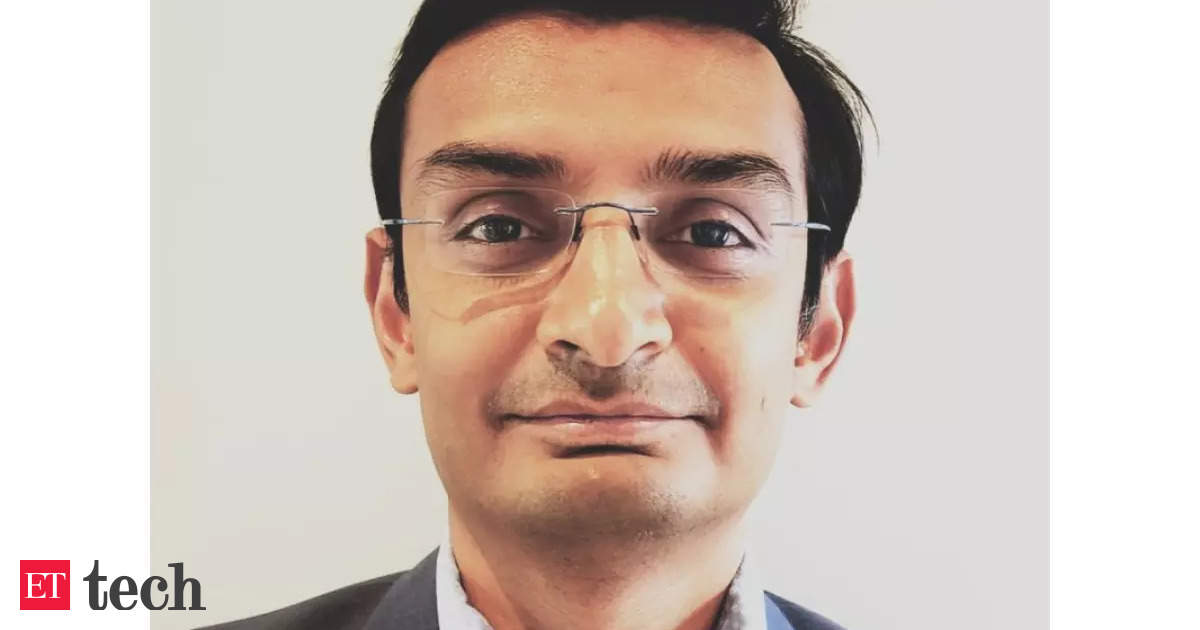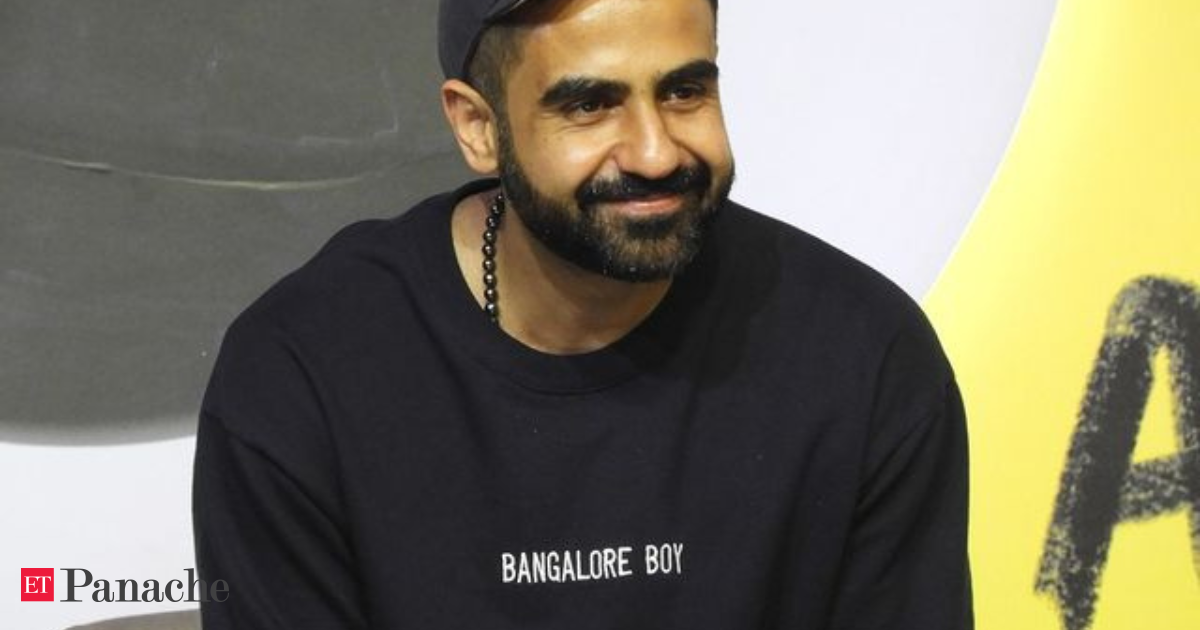Since October last year, Indian pharma companies have been under constant international scrutiny for exporting allegedly contaminated drugs, which have led to deaths of children. Recently, Nigeria raised the red flag on two oral drugs; Cameroon too sounded an alarm over another cough syrup reportedly made in India when several children died. Sri Lanka called out two drugs manufactured in India linking them to adverse reactions in several patients. In the latest move, Gambia has declared that from July 1, it is running strict quality control checks on all pharma products shipped into the country, before they leave Indian shores.
Has India launched a probe?
Soon after Gambia reported deaths of at least 70 children related to a contaminated cough syrup made in India, in December last year, reports from Uzbekistan of at least 18 children dying after consuming cough syrup contaminated with high amounts of diethylene glycol (DEG) or ethylene glycol poured in. The pharma company, Marion Biotech’s licence was cancelled by the national watchdog — the Central Drugs Standard Control Organisation (CDSCO) — in March, but the Ministry of Health and Family Welfare has not answered any questions on the probe that was launched. A senior health official had earlier told The Hindu that the back-to-back allegations were a ‘conspiracy’ against the Indian pharma industry which is pegged at $42 billion.
The complaints from across the world on quality of Indian drugs does not seem to stop. The latest in line are alerts from Sri Lanka, where patients are reported to have died after being administered anaesthetic drugs made in India, and that an eye medication had caused visual impairment in 10 patients. Nigeria’s National Agency for Food and Drugs Administration and Control found a batch of oral paracetamol and another cough medicine manufactured by companies based in Mumbai and Punjab to be sub-standard.
What has led to the loss of confidence?
While Gambia has appointed Mumbai-based Quntrol Labs to independently assess the manufacturing plants and drug samples of Indian exporters who ship drugs to Gambia from July onwards, The Hindu has learnt that it is not the first such African country to have a checking system in place. “Mozambique has been checking samples from all batches of medicines before they are exported from India to its shores,” Riddhi Jhaveri, founder of Quntrol Labs, told The Hindu. For instance, Ms. Jhaveri says, in the case of a sample of paracetamol drug — Azithromycin 500 mg — that was tested by Quntrol, it was found that there was only 20 mg of azithromycin instead of 500 mg. “We have a database of more than 500 exporters whose batch samples we analyse, and in the past several years we have picked up nearly 40 to 45 non-conformities in the samples,” said Jhaveri.
In fact, Nigeria has been more careful. Not only does the Nigerian government get all pharmaceutical samples checked, it has also mandated that samples from all batches of chemicals, food, medical devices and cosmetics be checked by an independent assessor.
Why are regulators failing to take action against faulty manufacturing practices?
The issue of contaminated cough syrup batches seeping into the supply chain and finding their way to paediatric patients is not only limited to exports. India has recorded at least five major DEG poisoning events since 1972, killing at least 84 children. The incidents occurred in Chennai, Maharashtra, Bihar, Haryana, and the latest being the 2019 case in Jammu.
Take the Jammu case for instance, where the Himachal Pradesh Drug Control Administration (HPDCA) said in court that the errant manufacturer Digital Vision did not have the proper facility to test finished products for contamination. The pharma company, however, was not in the dock for the first time. It has a poor track record of at least 19 prior violations. State Food and Drug Administration bodies are not mandated to disclose the reports of inspections conducted by them on the pharma manufacturing facilities that fall under their jurisdiction.
Ideally, when a manufacturer is found to be violating laws especially in cases where there is a threat to life or alleged deaths, a criminal prosecution of the persons who are responsible for manufacturing and marketing the drug should be launched. Instead of doing that, the Ministry of Health, CDSCO and the state regulator HPCDA keep passing the buck. “Under India’s convoluted drug regulatory law, the Centre is responsible for imports and approving new drugs based on safety and efficacy data but the licensing and prosecutions of pharma companies is the responsibility of State governments,” write Dinesh Thakur and Prashant Reddy, co-authors of The Truth Pill, a book on how drug regulation works in India.
Why are pharma companies not punished?
Merely suspending or cancelling the manufacturing licence of a pharma company is not enough, says Ms. Jhaveri. “Suspension or cancellation of licence may lead the owners to start the same business but under a different name. This is not enough. But we rarely hear about criminal action being taken against the manufacturers under the law,” she adds.
Under the Drugs and Cosmetics Act, 1940, manufacturers not adhering to good manufacturing practices can be subjected to a maximum punishment of imprisonment for life. Even when prosecutions are filed, the cases move at a snail’s pace in courts. For instance, Thakur and Reddy note that in Andhra Pradesh, of the 54 judgments in cases filed against pharma companies between 1999 and 2017, the state was able to secure convictions in only eight cases. Poor conviction rate was due to glaring errors committed by drug inspectors including shoddy paperwork, failure to seize, record its condition of storage and label the samples properly, as also the failure to complete the testing process of samples before its expiry date.
It does not help that the CDSCO is perennially reeling under a shortage of drug inspectors. A 2019 report titled ‘Drug Regulation in India: The Working and Performance of CDSCO and SDRAs,’ compiled by lawyers Shree Agnihotri and Sumathi Chandrashekaran, said that while there ought to be one drug inspector for every 50 manufacturing units and 200 pharmacists, there were vacancies in most States waiting to be filled. Karnataka was working at nearly half its sanctioned capacity for drug inspectors, while Himachal Pradesh had 27% vacant posts. In HP, nearly 15% posts were lying vacant.
Health experts say that if India wants to redeem its reputation, it will have to tighten the screws by ensuring robust pharma inspections and make sure that any slip-up by manufacturers is reported and prosecuted.










